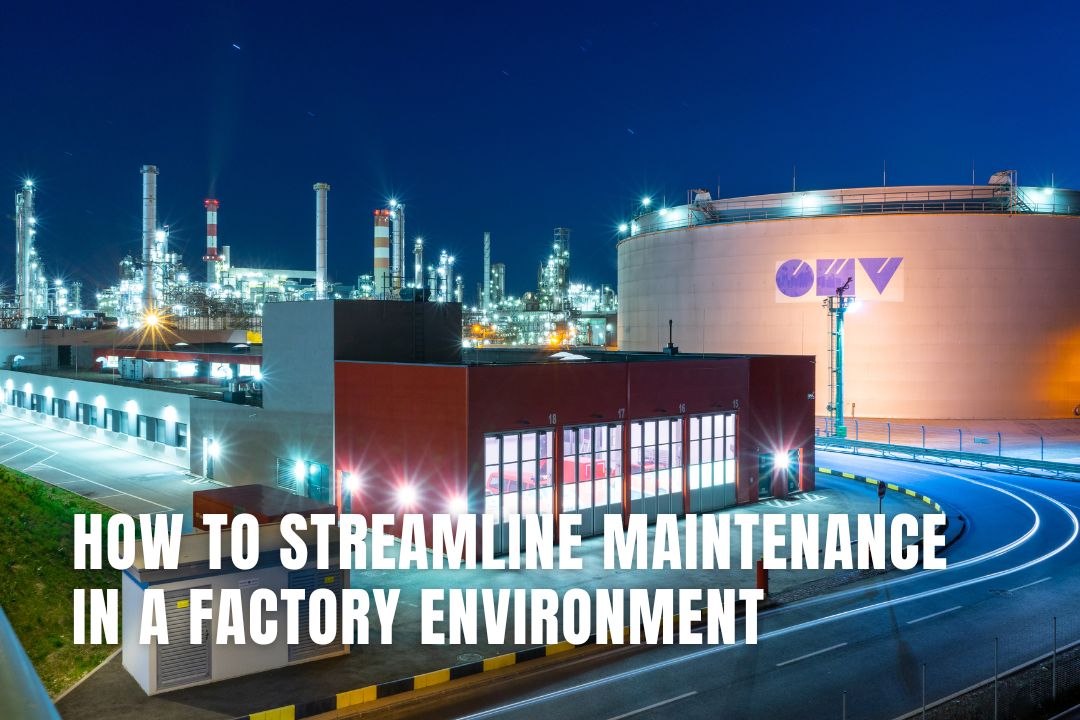
Regardless of your business’ factory size, it’s essential to keep up with maintenance to avoid costly repairs and halts in production. To mitigate opportunities for unforeseen stoppages, business leaders can implement several maintenance management methods, which we’ve gathered together and outlined below.
There are countless components within the factory environment, meaning planned maintenance on a single day is a fool’s error. To effectively cover all equipment, you will need to put a logical maintenance schedule in place. The idea behind creating a schedule is to carry out maintenance on equipment that’s not needed for production.
You will need to prioritise tasks because some will need to be completed more often than others. In particular, any moving parts including bearings, shafts, and sprockets, will need regular maintenance. Whereas, different types of seals for pumps will deteriorate over a longer time, meaning they can be pushed back if needed.
In many factories, there’s a clear division of labour between operators and maintenance staff. However, the best practice is to encourage operators to get involved with regular maintenance. You can do this by training your workforce and nurturing a team-based working environment.
On top of training in equipment maintenance, you should target development on proper usage of machinery. When machines aren’t used properly, they can be damaged or cause serious injuries that will be costly to the business. Outside of physical training, you should keep an updated equipment manual on-site, whether electronic or physical.
Chaos in a factory workplace doesn’t cut it, which is why you need to keep everything clean and tidy. The 5S (Sort, Set in Order, Shine, Standardize, and Sustain) method is a great tactic to implement. If all of your team lives by these principles while they’re at work, the factory will be safer and maintenance tasks will feel easier.
Heavy machinery comes under plenty of stress, meaning they regularly need examining for signs of wear. As well as carrying out your formal inspections, you can include checks as part of close-down procedures, which will help your team get into the habit of maintenance.
Many signs of wear can be picked up without having to power down a machine. For example, if heavy machinery is vibrating more than usual, there’s a good chance the belt is misaligned. If this is the case, you will need to have the problem sorted before it leads to additional failures.
We’ve discussed regular maintenance already, but it’s important to keep up with daily tasks. For example, any moving part in your factory will need lubricating regularly to ensure correct functionality. For the components that don’t need daily lubrication, you will need to check for visual signs that lubrication is needed.
Proper maintenance in a factory environment is essential for avoiding injuries and costly repairs, which damage the bottom line and harm the company’s image. If you’re trying to break out of a chaotic cycle, explore the options above.
Related Articles: